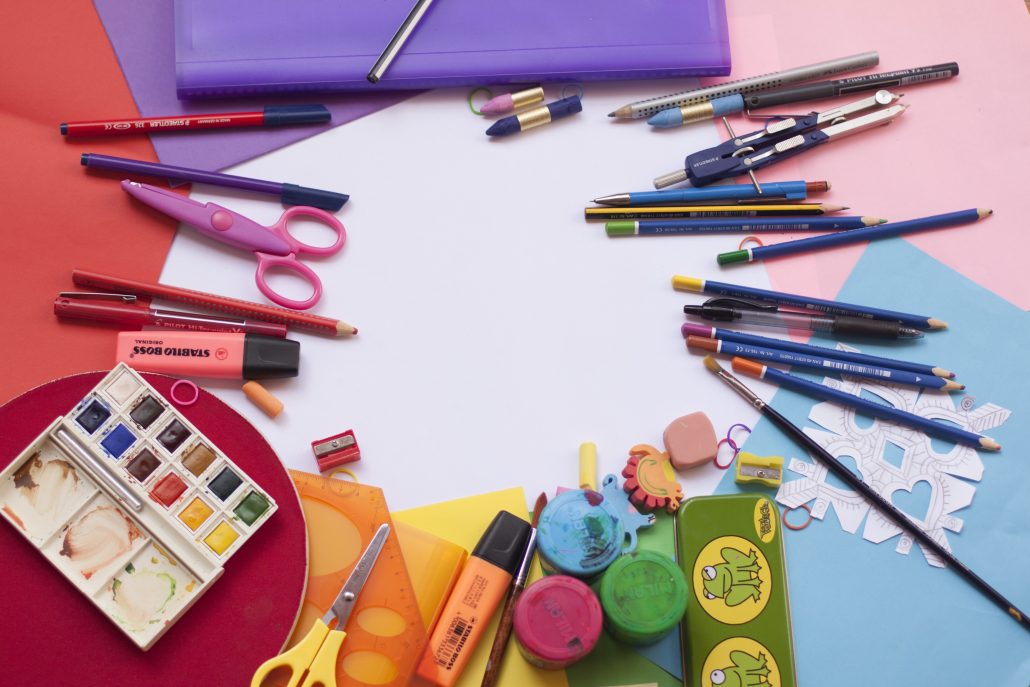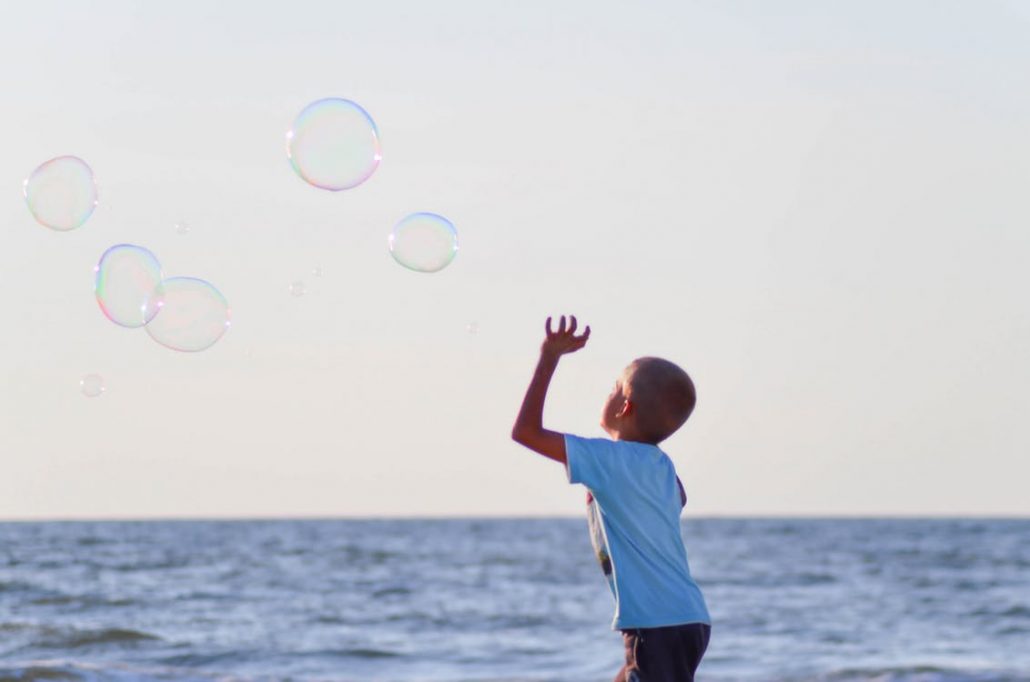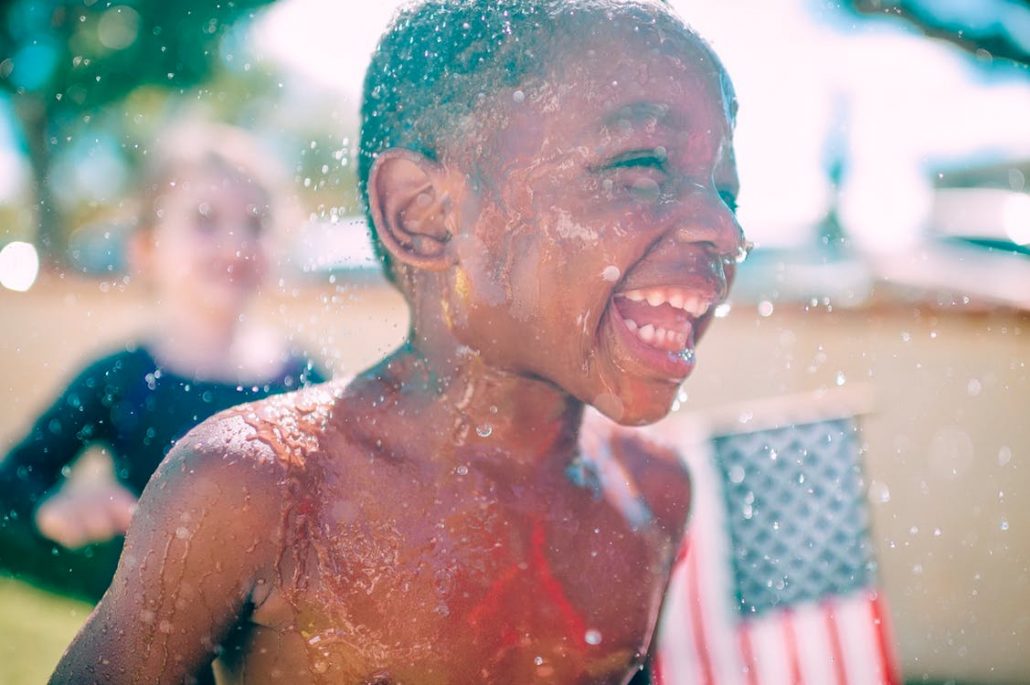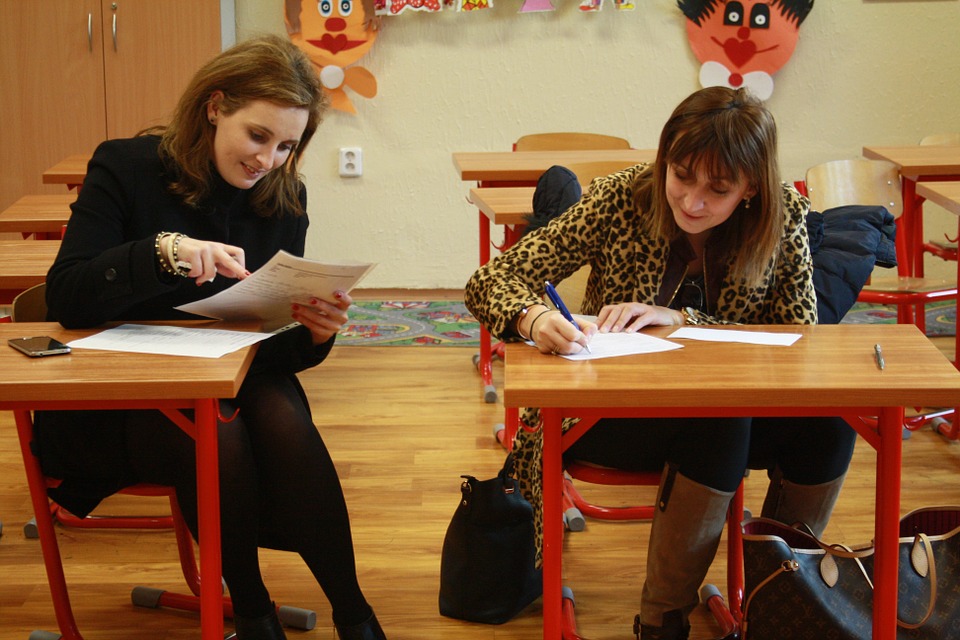Developing Grit: A Guide for Parents Part II

In the first part of this “gritty” topic, we explored how a lack of grit may have significant consequences for children and teens. We left off with a powerful quote from one of today’s most gritty inspirations—J.K. Rowling. In a commencement speech at Harvard, Rowling explained,
“Failure taught me things about myself that I could have learned no other way…It is impossible to live without failing at something, unless you live so cautiously that you might as well not have lived at all – in which case, you fail by default.”
Rowling’s message reminds young people to embrace struggle for what it teaches us. Moreover, parents can provide guidance in fostering grit by encouraging more than just learning from our missteps.
How can we ensure that our children and teens develop grit?
Practice
Practice is rooted in the concept of growth mindset—this idea that, with strategic effort and drive, anyone can improve. Since grit involves the desire and drive to persevere through obstacles or setbacks, practice is a key component for developing that drive, or grit. The purpose behind practice is two-fold—students need to learn to expect that tasks, skills, and talents require practice. Children and teens should also expect to continue that level of effort by practicing, even after experiencing failure. A student with grit knows that reaching one’s goals requires much more than one lucky attempt. Look at any success story and you’ll find that the person’s success was likely built on a foundation of trial and error. To encourage grit, provide teens with examples of successful risk-takers, or those who have achieved great success after years—sometimes decades—of practice and failed attempts.
Motive
Parents can also help children build grit by discussing motives or reasons for working through challenges. Having conversations about future goals with children and teens is a solid starting point for introducing grit. Pose topics for discussion like, “What if everyone gave up on their dreams after one attempt? How many inventors, creators, performers, and athletes would our world be lacking?” Or, “If failure was not possible, what dream or goal would you strive to reach?” Parents can also provide their children with examples of their own motivation. Talk about how you have experienced your own failures or obstacles—discuss what you learned from those tough moments and how motivation outshined exasperation or defeat. In discussing the reasons for sticking with a goal, no matter the difficulty, children learn to see struggle as a necessary step in learning or growing.
Small steps
Children and teens also need to be reminded of the fact that nothing worth achieving will come easily; success is not accomplished overnight. A common trait of people lacking grit is that they will expect to succeed on the first attempt. Moreover, a level of impatience ensues when success is not met instantaneously. Remind children that even small achievements are bringing them that much closer to their goal. Victories, no matter what they be, take time. Children should remember that even the smallest wins contribute to their larger goal—so they can absolutely celebrate the baby steps along the way. Practices such as positive self-talk and checking off small accomplishments can revitalize a discouraged learner. Parents can model this positivity by tackling their own challenges, or by stepping out of the box and participating in a new activity. We must continue to not only challenge ourselves, but welcome and embrace the challenge for what it gives us—grit.












